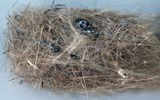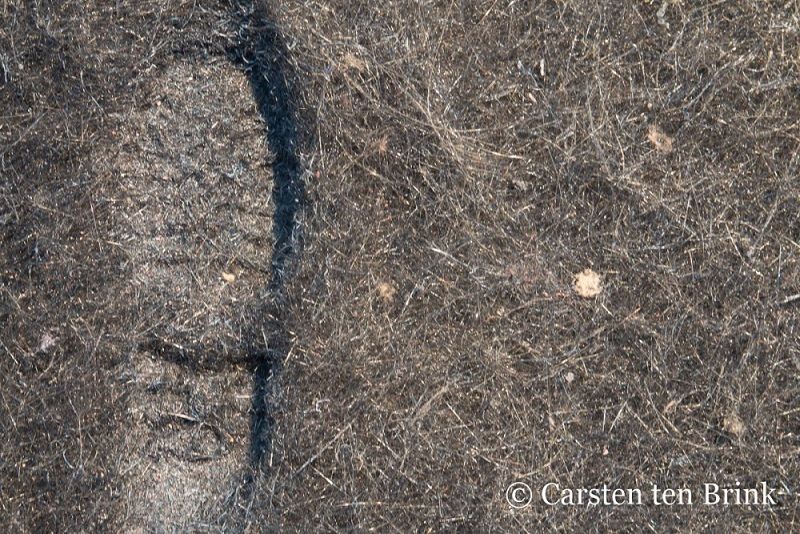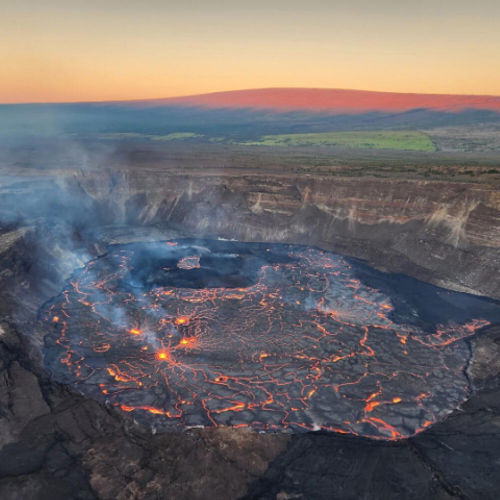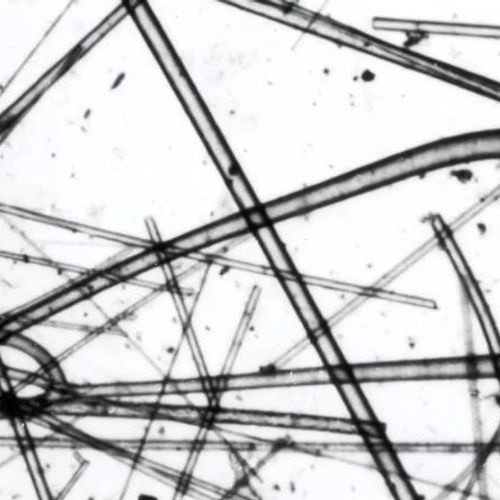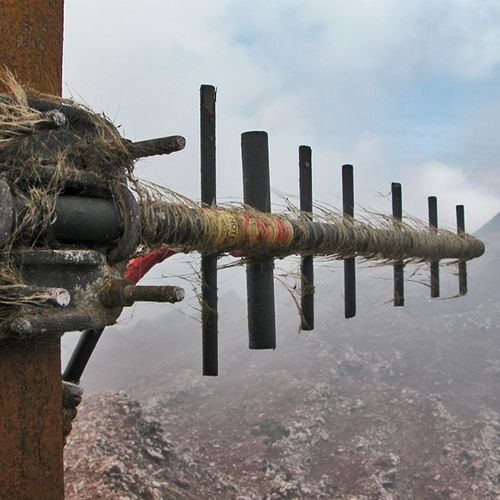
| Added | Fri, 30/09/2022 |
| Источники | |
| Дата публикации | Fri, 30/09/2022
|
| Версии |
Pele's "hair," named after the Hawaiian volcano goddess Pele, is an extremely long strand of volcanic basalt glass formed by stretching molten lava.
These brittle fibers are formed as a result of the activity of fire fountains, from where sprays of basalt lava fly, stretching in the air. This phenomenon can also occur during strong lava flows.
Probably due to atmospheric influences, Pele's hair may have a golden yellow color, which makes them look like human hair or dry straw. Under the influence of sunlight, the threads acquire an iridescent golden color. The length of individual hairs varies: from the usual 5-15 cm to 2 m. Their diameter ranges from about 0.001 to 0.3 mm, and, accordingly, their weight is small.
The fibers give volcanologists important information about the past eruption, for example, the temperature of magma and its path to the surface. The shape of the ruptures can also indicate the speed of the eruption, and gas bubbles and particles trapped in them can give an idea of the composition of the magma chamber.
Usually Pele hair is formed in holes in the ground, mainly near air vents, skylights or in corners where it gets clogged and accumulates.
Pele's hair is usually found in high places, for example, on treetops, electric poles and radio antennas.
Since the fibers are very fragile and sharp, experts do not recommend touching them. During the examination, gloves should be worn, as small fragments can get on the skin. However, as you can see, not everyone adheres to this advice.
Despite all their beauty, it is absolutely impossible to contact them, because they cause inflammation, bleeding and other very unpleasant symptoms and diseases in animals, including humans, up to a fatal outcome.
Новости со схожими версиями
Log in or register to post comments
